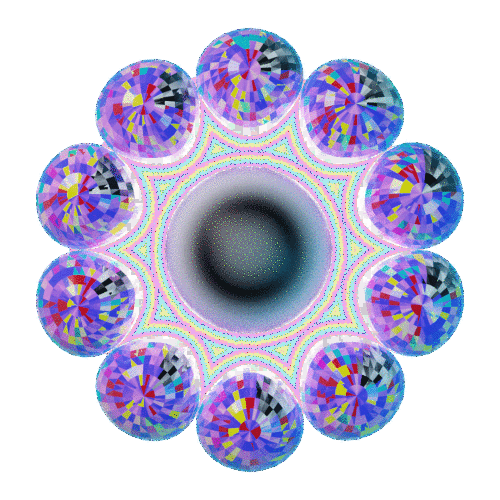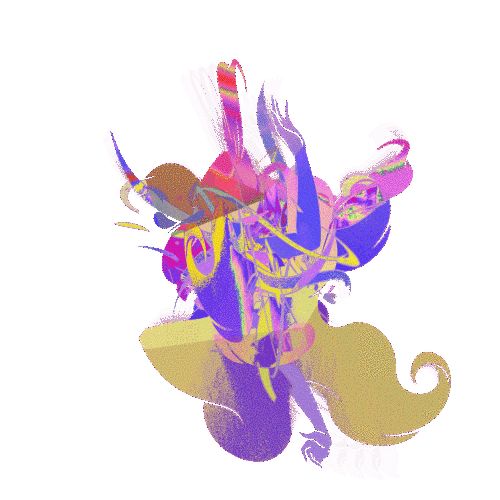
Entry: Hilarotragoedia
Hilarotragoedia
Among the many cultural engagements with the notion of landscape that have emerged through the centuries, two areas of the world have produced traditions of exceptional richness: China and Europe. In the following lines, I am going to suggest a possible understanding of the notion of “landscape” and of its function, as it comes into focus through the oblique convergence of Chinese and European cultural traditions.
A relationship in the distance.
Dong-Xi, meaning literally “East-West”, is the Chinese Mandarin locution for ‘thing’. Perpendicular to it along the cardinal axis, Nan-Pei, “South-North”, stands instead for the distance and remoteness that opens between objects. As read through Mandarin vocabulary, the geography of a territory and the nature of its human and non-human populations substitute for the stable presence of land and objects the ephemeral tension that innerves and sustains a relationship between “others”.
Somewhere, nowhere
Along its journey through European art – even after its confluence into the dam of American culture – the notion of landscape has gravitated in the orbit of a fundamental opposition between “no-where” and “some-where”, between ineffability and language.
During the medieval period, faithful to the Byzantine theology of art, the golden background of sacred painting portrayed the landscape as a “no-where”: the sky of eternity envelops the whole world, while remaining irreducible to any of its features. Although the source of all space and time – compressed in the monochrome of its divine light, caught in the act of creation – the monochrome of medieval landscape stood at a stage that preceded any geographical specification. It was a no-place in no-history, a no-time in no-space.
At the onset of the Renaissance, at least since the time of Giotto, the landscape of European art moved towards the figure of a “some-where”: a field that can be measured, traversed, picked apart and recomposed at will; a certain place in a certain time.
Even with the later internalisation of the landscape – first in the realm of emotion and then in that of perception – the European dialectics between “no-where” and “some-where” were not disabled, but they simply moved, together with their metaphysical attributes of stability and definition, and their epistemic concern with clear-cut truth and falsity.
Figures in a landscape
Entities as relationships, space as a distance, the world as a some-where floating in the golden waters of no-where: it is possible to activate simultaneously these different takes on the notion of landscape, in an attempt to unlock the hermeneutical potential offered by each of them.
If the notion of landscape is in any way connected to the actual experience of living in space and time – that is, in a world – then the notion of landscape can be read as a story, in turn part of the existential narration of individual and collective life.
Space, stretching as a distance between objects, offers the stage over which each thing performs its worldly role as “one sole multitude” of silence and sound, ineffability and language, eternity and time, laughter and tears.
Axial movements
Each thing, revealed in its theatrical quality as a “figure”, emerges as a coincidentia oppositorum of the existential Orient and Occident. It stands restlessly in the landscape, moving through the stage of the world along its South-North axis, seeking their equidistant point where its inner tension might finally be resolved. Yet, as it reaches the equatorial line between “some-where” and “no-where”, the place where seasons cast no shadow, a figure feels its inner geography rotating perpendicularly. As soon as it has pacified its own inner tension of being both a presence and an absence in the landscape, a figure begins to look simultaneously through and at its own existential mask. Now that its foreignness to and entanglement in the world have been recomposed, now that it has gained a metaphysical passport to the world, what is it supposed to write in it? A figure standing on the equator between somewhere and no-where, has become both “this” and “that”, both identical and other to itself.
Seeking its own “proper” longitude between East and West, a figure seeks a station of deliverance from the pull exerted upon it by the entries in the dictionary of the world. Yet, as soon as it finds it – as soon as it reaches the point symbolised by Jerusalem in the area of the Large Middle-East, and by China as the world’s Zhōngguó (“the nation in the middle”) – and liberates itself from attachment to identity and difference, a figure in the landscape feels its compass rotating once again. And again, it takes to moving vertically along the axis between “some-thing” and “no-thing”, in the steps of a new dance towards the equator.
Hilarotragoedia
Aware at last of its fate of dispossession and detachment, even from itself, a figure in a landscape notices that their contours continue those of the landscape, like the line of a finger developing into a hand. One sole, two-faced destiny befalls them both: the tragedy of a desire that is never fulfilled, and the comedy of a frustration that understands its own futility.
The landscape, in art and thus in life, opens its curtains to show each day anew the spectacle of a hilarotragoedia, the laughing to the point of tears of each object in the world, and of the world itself, as all float between their own beginning and their own end; and after that end, again, to a beginning.
Federico Campagna
Federico Campagna is an Italian philosopher based in London. His latest books are Prophetic Culture: Recreation For Adolescents (Bloomsbury, 2021) and Technic And Magic: The Reconstruction Of Reality (Bloomsbury, 2021). He works as a lecturer in philosophy at the Royal Academy KABK in the Hague, and as the rights director at the radical publishing house Verso Books. He is currently writing a new book, titled The Sea Between the Lands: A Story Of The Mediterranean Imagination.



